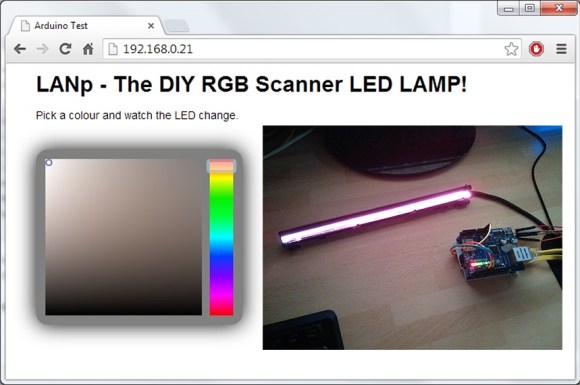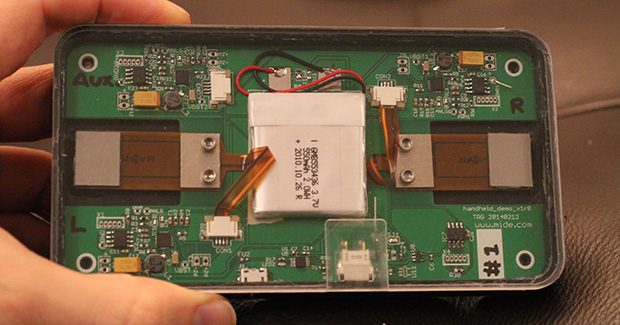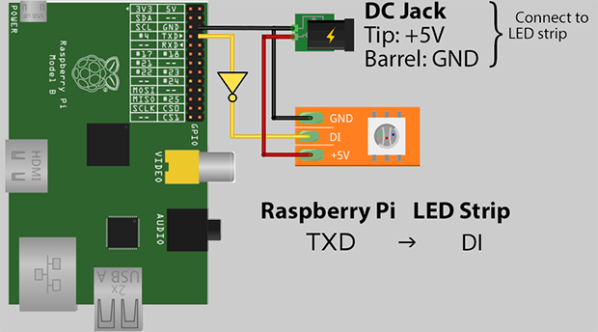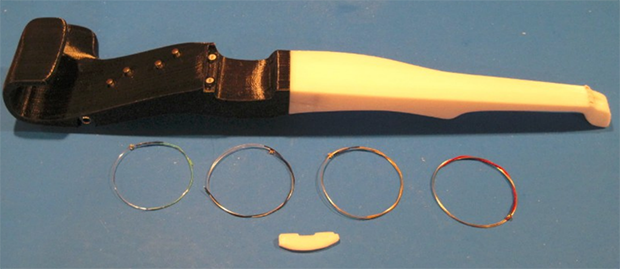
Being able to use one of your old projects to make a new one better can be quite satisfying. [Steve] from Hackshed did just this: he integrated an Arduino based webserver into a new network controllable RGB lamp.
What makes this lamp unique is that the RGB LED bar comes from an old Epson scanner. Recycling leftover parts from old projects or derelict electronics is truly the hacker way. After determining the pinout and correct voltage to run the LEDs at, the fun began. With the LED bar working correctly, the next step was to integrate an Arduino based webserver. Using an SD card to host the website and an Ethernet Arduino shield, the LEDs become network controllable. Without missing a beat, [Steve] integrated a Javascript based color picker that supports multiple web browsers. This allows the interface to look quite professional. Be sure to watch the lamp in action after the break!
The overall result is an amazing color changing lamp that works perfectly. All that is left to do is create a case for it, or integrate it into an existing lamp. This is a great way to use an LED strip that would have otherwise gone to waste. If you can’t find a scanner with a color wand like this one, you can always start with an RGB strip.
Continue reading “Building A Network Controllable RGB LED Lamp From An Old Scanner”


















